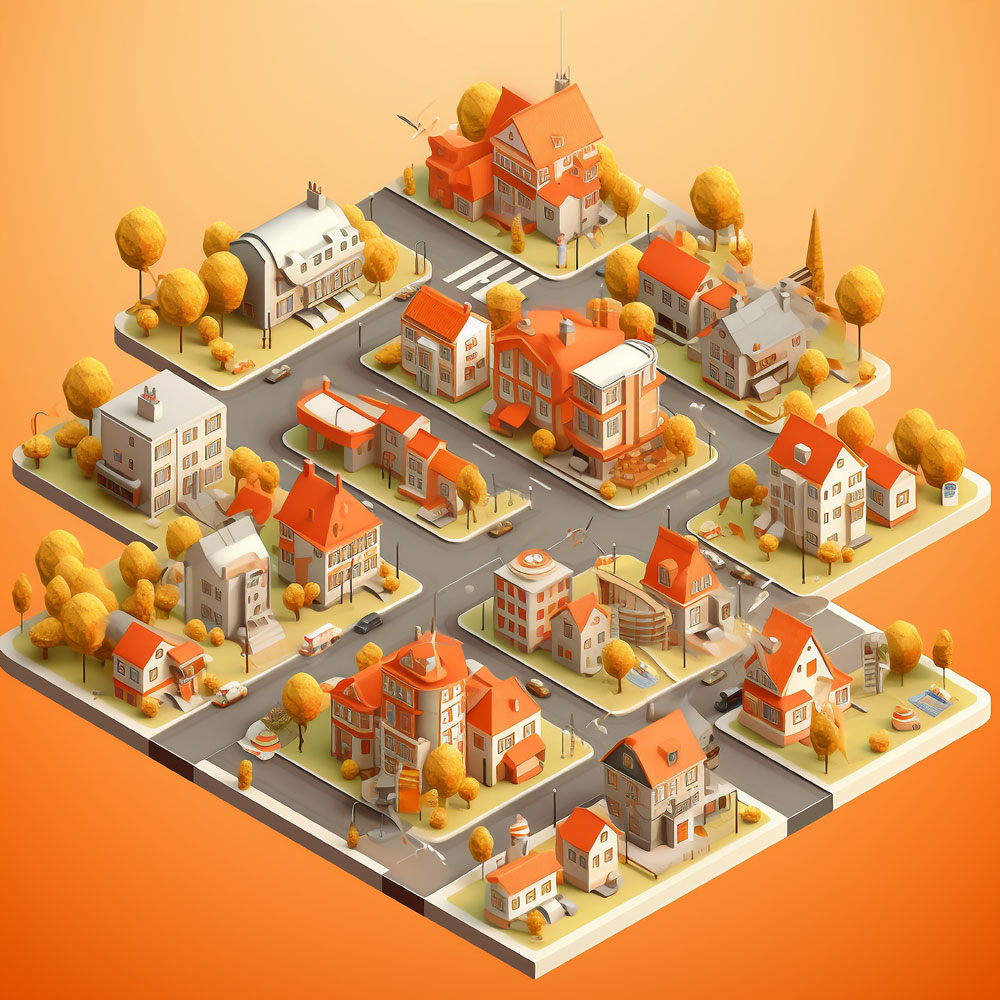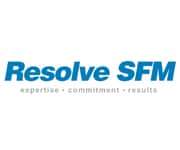How to Improve Remote Community Assets Using a CMMS System
Remote communities face unique challenges in managing and maintaining their assets. Whether it's public infrastructure like roads and water systems or essential buildings such as schools, health clinics, and housing, the effective upkeep of these assets is crucial for the well-being of residents. However, the isolated nature of these communities makes maintenance difficult, often resulting in costly delays and inefficient processes. A Computerized Maintenance Management System (CMMS) provides a solution that can significantly enhance the management of remote community assets, improving their longevity, reliability, and performance.
Challenges in Managing Remote Community Assets
Managing assets in remote areas involves unique difficulties that are not common in urban settings. These challenges include:
- Geographical Isolation: Technicians and maintenance crews often need to travel long distances to reach remote sites, increasing costs and delaying response times.
- Limited Resources: Remote communities may have fewer skilled workers and limited access to tools, spare parts, and equipment necessary for timely maintenance.
- Communication Gaps: Poor telecommunications infrastructure can hinder effective communication between maintenance teams, making it difficult to coordinate tasks and share information.
- Lack of Real-Time Data: Without real-time visibility into asset conditions, maintenance teams may miss early warning signs of wear and tear, leading to asset failure.
- Environmental Challenges: Harsh climates and terrain often exacerbate asset degradation, requiring more frequent or specialised maintenance interventions.
How a CMMS Can Improve Remote Asset Management
A CMMS offers a comprehensive asset management approach, helping streamline processes and mitigate the challenges faced by remote communities. Here are key ways a CMMS can improve the management of remote community assets:
- Centralized Data Management
One of the primary benefits of a CMMS is its ability to centralise all maintenance-related data in one system. This includes asset histories, work orders, scheduled maintenance, and inventory management. For remote communities, this centralised data is accessible from anywhere, allowing managers to track asset performance and plan maintenance activities efficiently. Technicians on-site can also access up-to-date information and input their work data, ensuring that records are consistently accurate. - Preventive Maintenance Scheduling
In remote locations, reactive maintenance—fixing problems only after they occur—can be costly and time-consuming. A CMMS enables preventive maintenance by scheduling regular check-ups and services before problems arise. Using predictive analytics and historical data, the system can generate automatic alerts when equipment is nearing a potential breakdown or when it requires servicing. This prevents major failures, reduces downtime, and prolongs the lifespan of assets. - Mobile Access for Field Technicians
Mobile CMMS applications empower field technicians working in remote locations. With mobile devices, technicians can access work orders, asset histories, and manuals in real time, even without constant internet connectivity. They can also update the system with work progress, submit reports, and request parts directly from the field. This minimises the need for paper-based systems or frequent trips to the main office, speeding up maintenance processes and reducing travel costs. - Real-Time Asset Monitoring
Remote assets, especially critical infrastructure like water and energy systems, benefit from real-time monitoring provided by a CMMS. With sensors integrated into the CMMS, assets can be continuously monitored, and the system can trigger alerts when conditions fall outside of normal operating parameters. This real-time data enables proactive decision-making and allows technicians to address issues before they become emergencies, ensuring uninterrupted service for the community. - Efficient Work Order Management
A CMMS streamlines work order management by automating task creation, assignment, and tracking. This feature is particularly valuable for remote community assets as it ensures that work orders are prioritised based on urgency and resource availability. The system also provides a clear audit trail, tracking the status of each task from creation to completion, which helps improve accountability and ensures that nothing slips through the cracks. - Inventory and Spare Parts Management
For remote communities, delays in acquiring spare parts can lead to extended asset downtime. A CMMS helps manage inventory by keeping track of parts usage and stock levels. The system can trigger automatic reorders when parts run low, ensuring critical components are always on hand when needed. This proactive approach prevents unnecessary delays caused by a lack of materials, thus reducing downtime and ensuring assets remain operational. - Cost Efficiency and Budget Control
Remote asset management often involves higher operational costs due to transportation, logistics, and equipment challenges. A CMMS helps reduce these costs by optimising maintenance schedules, prioritising critical tasks, and avoiding expensive emergency repairs. By streamlining processes and improving resource allocation, a CMMS allows for better control over maintenance budgets, ensuring that funds are used efficiently.
Conclusion
Managing and maintaining assets in remote communities is a complex task, but a CMMS system can drastically improve efficiency, reliability, and cost control. By centralising data, enabling preventive maintenance, and providing real-time monitoring, a CMMS empowers remote communities to manage their assets more effectively. Additionally, the mobile capabilities of a CMMS mean that technicians can work more efficiently on-site, reducing downtime and ensuring that essential infrastructure remains operational. Pinnacle Software's CMMS solutions are designed to meet the unique challenges of remote community asset management, making it easier to keep assets running smoothly and effectively for the long term.














